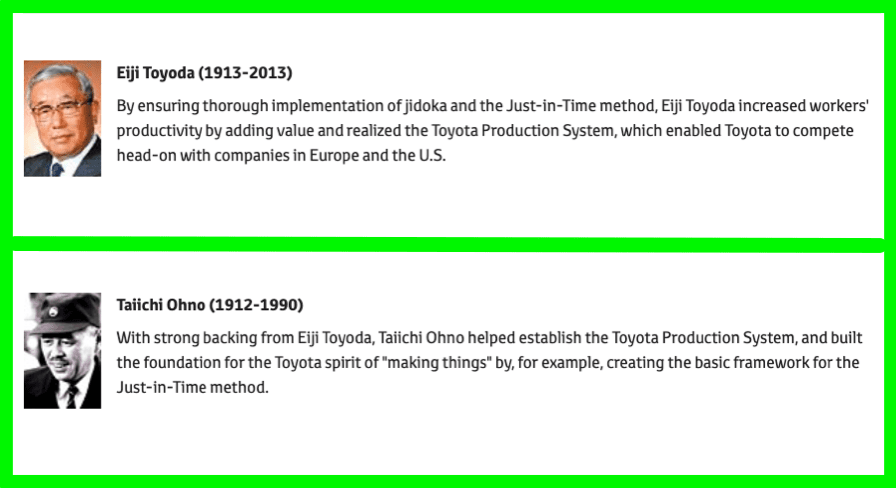
The days of producing a product in one place are pretty much gone.
If your product is even slightly complex, you’re probably sourcing supplies from a few different suppliers. And they may be sourcing from other suppliers still. These tiers of suppliers (tier one and tier two) are where most of your manufacturing issues and delays come from.
Manufacturing in the modern era isn’t local — it’s global. When you’re sourcing one component from North Carolina, one from Mumbai, one from Shenzhen and another from Edmonton, issues, complications and challenges are inevitable …
And you have to figure out a way to deal with them on the fly.
That’s where supply chain management comes in. When you’re trying to build a good supply chain, you can’t just set it and forget it. Take back control of your supply chain with these four simple tips:
1) Vet more than just your ‘tier one’ suppliers
These days, you don’t just have to worry about the tier one suppliers just beneath you and the tier two below them. You have to worry about even tier three and tier four suppliers …
51 percent of all disruptions come from tier two and lower suppliers now. Most of the time when you’re dealing with suppliers further down the chain, that’s where the problem comes from. You need to vet the companies that supply your tier one supplier.
Most companies don’t even know who they are …
If you’re not vetting the next tier down, you’re setting yourself up for problems down the line. There are only so many hours in the day, though, and most supply chain professionals don’t have the time to do this in addition to the rest of their work.
That said, it’s absolutely worth your time to make sure you vet them closely. Thankfully, supply chain software can help with that. Amongst others, companies like Topo Solutions, for example, make software that helps you manage your supply chain.
Topo’s platform is one of the more innovative solutions on the market, connecting both internal teams and external stakeholders. A good piece of supply chain software will be flexible enough to help you build your own applications, but specific enough to help you build reports and get specific feedback from suppliers — all while aiding in cost reduction.
Good software will not only enhance your capabilities — it will extend them.
When you’re prioritizing which suppliers to vet, you should go for the suppliers that are most critical to your business first. Make sure the lines of communication are clear and open.
You also need to make sure they have the capacity to fill the kinds of orders you’ll be putting in. If you don’t vet your suppliers, you’re setting yourself up for trouble down the line.
Don’t neglect it.
2) Use supply chain management software
I touched on this above, but it’s worth stressing more specifically: supply chain management software will save you a lot of headaches. As Oracle points out, supply chains are less chains now than a collection of webs. With the globalization of supply, you have a far more complex series of relationships to manage than previous generations did.
Using software to help is almost essential, as some of the largest companies in the world can attest. If your supply chain breaks down, you start losing money almost immediately.
Why take the chance?
3) Consider lean manufacturing principles
Lean manufacturing has one huge benefit for anyone that’s worried about their supply chain: because of its emphasis on flexibility, you’re usually ordering smaller lots of supplies.
That means quality issues are easier to deal with. Your supply chains can be shorter, your material handling routes simpler. And if you have an issue with a shipment, it doesn’t mean everything grinds to a halt — you can pivot quicker.

Toyota saw great success with their implementation of lean manufacturing as opposed to American domestic automakers, and in the 1980s lean manufacturing began to take shape in American industry. If you haven’t studied the Just in Time methods that Toyota employed, it’s worth going back and taking a look.
You can simplify a lot of your supply chain problems.
4) Prioritize Total Cost of Ownership
If you’re only looking at the actual cost of a product, you’re probably losing money without even knowing it. The price that you pay for a product is only part of the picture. You have to shift your mindset to total cost of ownership.
According to Supply Chain Quarterly, only 25 to 40 percent of costs for goods and services are in acquisition. The up-front cost isn’t actually the bulk of the price. You’re actually paying more on the back end than you are for the good or service.
It requires integration all the way up and down the supply chain, and buyer and seller have to be on the same page. It requires understanding the costs of warehousing, training, maintenance, environmental impact, poor quality or customer claims and all other factors that go into total cost.
In short, it’s a holistic mindset as opposed to a granular one.
It may be hard to convince C-suite executives to think beyond the bottom line mindset of choosing quotes solely on price. But if done right it’s a win-win for both buyer and seller, and it will make your organization’s supply chain more efficient.
If your supply chain has gotten out of control, it doesn’t have to be. You can bring it back under control and streamline the pipeline your products take to the end user.
All it takes is a little “elbow grease,” some work on standardization and an understanding of what the market needs from you and your suppliers.
Are you willing to put in the work? It’s worth it.
Supply chain is critical for every part of your business. Maximize uptime, minimize downtime and build in slack so you can serve your customers better. Take back control of your supply chain and see what it does for your business.
Get the TNW newsletter
Get the most important tech news in your inbox each week.





